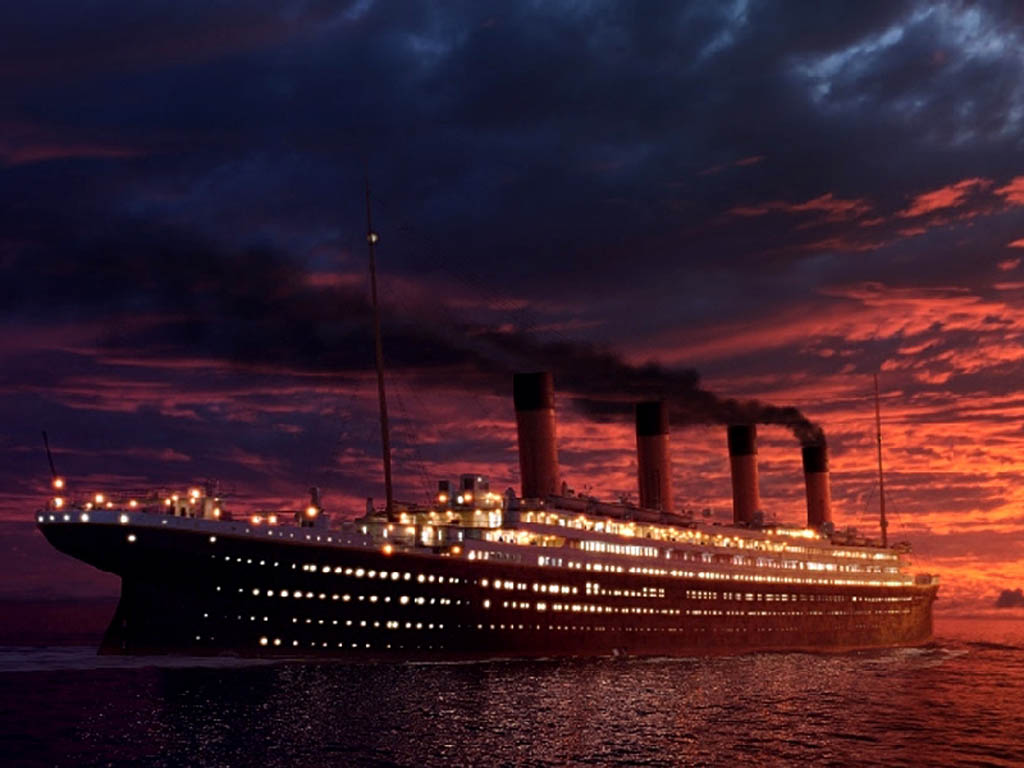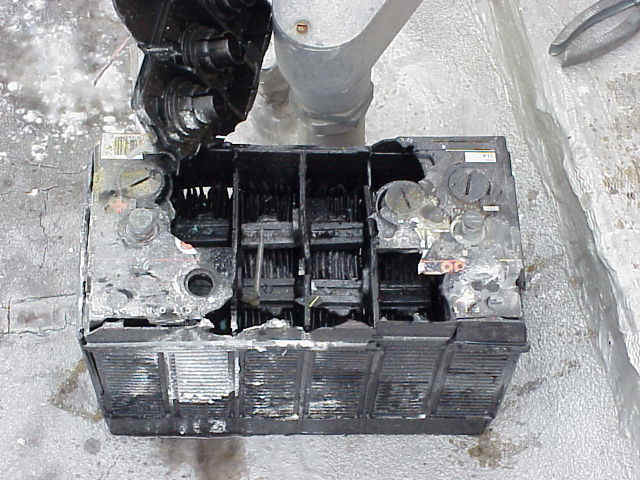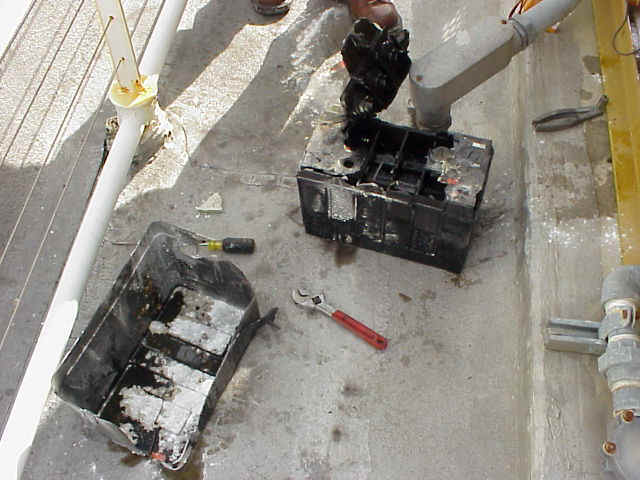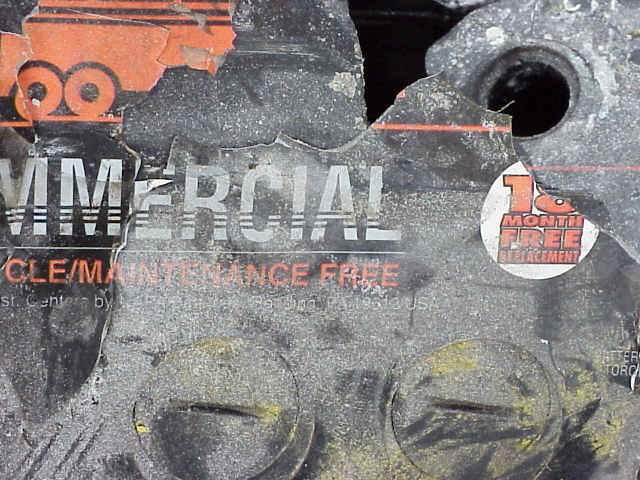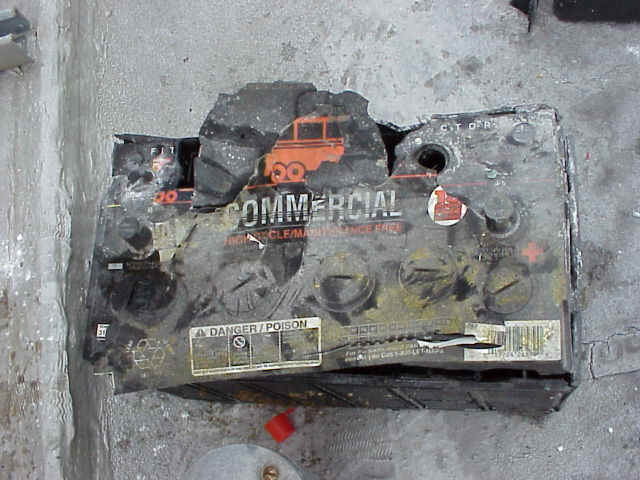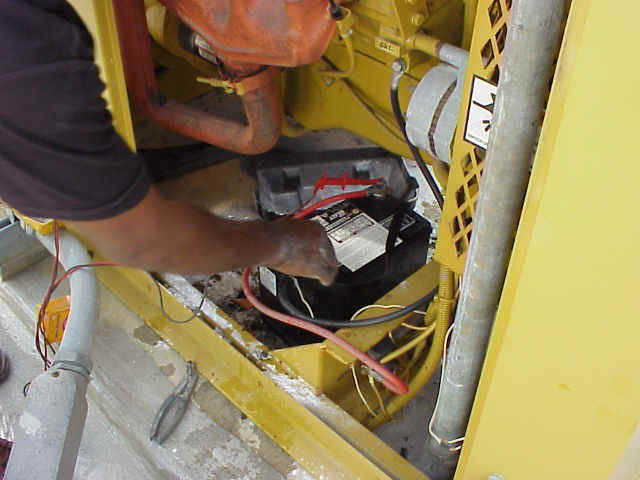Two shipping companies to pay $10M in 'magic hose' case - violating the Act to Prevent Pollution from Ships
1.M/T Cape Taft
2.M/T King Emerald
The following is the text of a press release issued by the U.S. Department of Justice:(WASHINGTON) --
Two shipping firms based in Germany and Cyprus today pleaded guilty to felony obstruction of justice charges and violating the Act to Prevent Pollution from Ships related to the deliberate concealment of vessel pollution from four ships that visited U.S. ports in New Jersey, Delaware and Northern California, announced the Department of Justice Environment and Natural Resources Division, the U.S. Attorney’s Offices in New Jersey and Delaware, and the U.S. Coast Guard.
U.S. Attorney for the District of New Jersey Paul J. Fishman and U.S. Coast Guard Deputy Commander of the Delaware Bay Sector Capt. Todd Wiemers announced the plea agreement – which includes a $10.4 million penalty, $2.6 million of which will be used address environmental damage caused by Hurricane Sandy – at a press conference in Newark, N.J.
According to a multi-district plea agreement arising out of charges brought in the District of New Jersey and District of Delaware, Columbia Shipmanagement (Deutschland) GmbH (CSM-D), a German corporation, and Columbia Shipmanagement Ltd. (CSM-CY), a Cypriot company, have agreed to pay a $10.4 million penalty and be placed on probation for four years. During probation, the companies will be subject to the terms of an environmental compliance program that requires outside audits by an independent company and oversight by a court appointed monitor. The shipping firms admitted that four of their ships (three oil tankers and one container ship) had intentionally bypassed required pollution prevention equipment and falsified the oil record book, a required log regularly inspected by the U.S. Coast Guard.
